Secrets From the CIA Spy Manual of Trickery and Deception
"Magic and Intelligence are really kindred arts," - John E. McLaughlin, former deputy director of Central Intelligence.
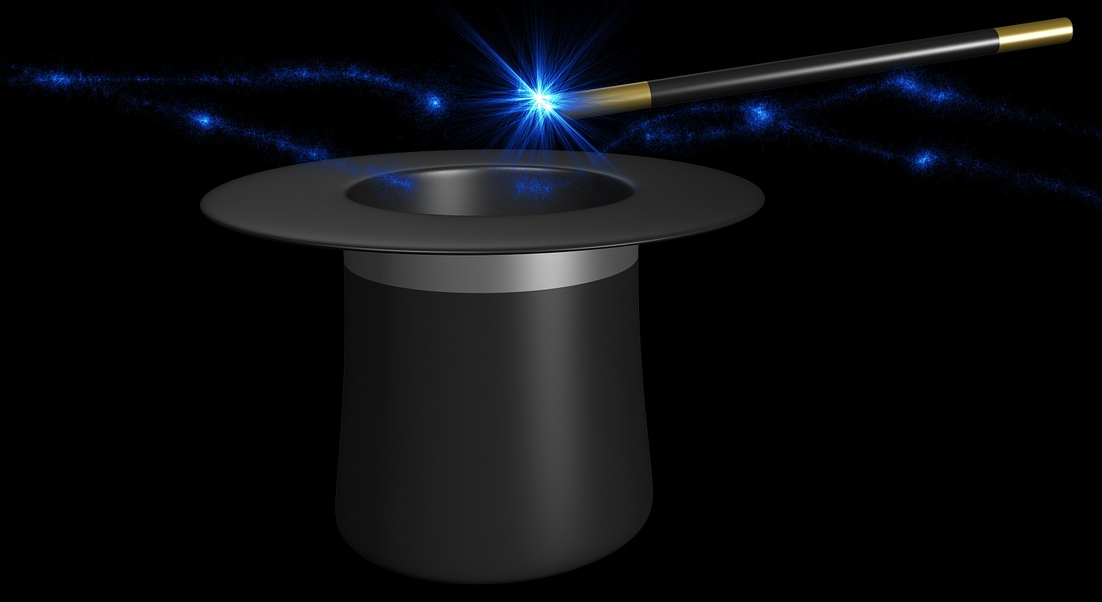
CIA trickery and deception
Among the many tricks the CIA had at its disposal during the Cold War was a top-secret manual of deception written by magician John Mulholland, a stage performer who honed his skills trading tricks in the back of New York City's Martinka magic shop. The CIA paid Mulholland $3,000 to write a top-secret guide on trickery and deception - a 'James Bond meets Harry Houdini' textbook, as master magician Lance Burton described it. All copies were thought to have been destroyed in 1975, but two intelligence officers managed to get their hands on the document and published it decades later.
Mulholland certainly wasn’t the only magician or illusionist to answer his country’s call of duty. But Mulholland's how-to guide provides solid evidence about how CIA officers were taught to exploit conjurers’ tricks for covert operations. The guide advises officers on sending messages with shoelaces and how to smuggle an agent out of a hostile country. The book is divided into sections on how to perform tricks with pills, liquids, and small objects. Other chapters deal with how to make people ‘disappear’ and ‘reappear’.
The CIA manual was part of the top-secret MK-Ultra project, an Agency program that investigated mind control. Mulholland’s 1953 guide - classified as MKUltra Subproject Number 4 - was supposed to be destroyed in the 1970s but an archived copy reappeared, as if by magic, decades later. Retired CIA officer Robert Wallace and Navel intelligence historian Keith Melton republished the manual as The Official CIA Manual of Trickery and Deception, adding illustrations and a history of the broader MKUltra project.
.jpg)
Sleight of hand
For spies new to the dark arts, magician John Mulholland describes sleight-of-hand tricks: “A small action will not be noticed when it is done while making a broader gesture for which there is an obvious reason.”
In another section, Mulholland describes how to put a dab of wax on the side of a briefcase to surreptitiously pick up papers on a flat surface or desk.
Mulholland’s Houdini-like advice also included tips on how to smuggle an agent out of a dangerous place using a secret compartment in a vehicle.

Mulholland’s magic
Mulholland was well known to the US government. Some 100,000 copies of his earlier book, The Art of Illusion: Magic for Men To Do (1944), were distributed to US soldiers during WWII.
The Chicago-born magician was also popular worldwide having traveled with his show to more than 40 countries, written 10 books, and performed multiple times at the White House.
During the Cold War between Washington and Moscow, Mulholland shut down his prestigious magic magazine, The Sphinx, on the pretense of ill health, and began his collaboration with the Agency in 1953.
He died in New York City in 1970 and his books, papers, and magic collection are now owned by David Copperfield.
"The brand new social experience where you activate your gaming skills as you train like a spy."
- TimeOut
Take on thrilling, high-energy espionage challenges across different game zones.

Top 10 Takeaways from CIA Manual of Trickery and Deception:

Tip 1, CIA Manual
When in doubt, look a bit dopey and disheveled. People suspect less from someone who isn’t paying attention to their appearance.
.jpg)
Tip 2, CIA Manual
Clothing can easily be used as a signal, whether it is a shoelace tied in a certain way or an adjusted tie clip.
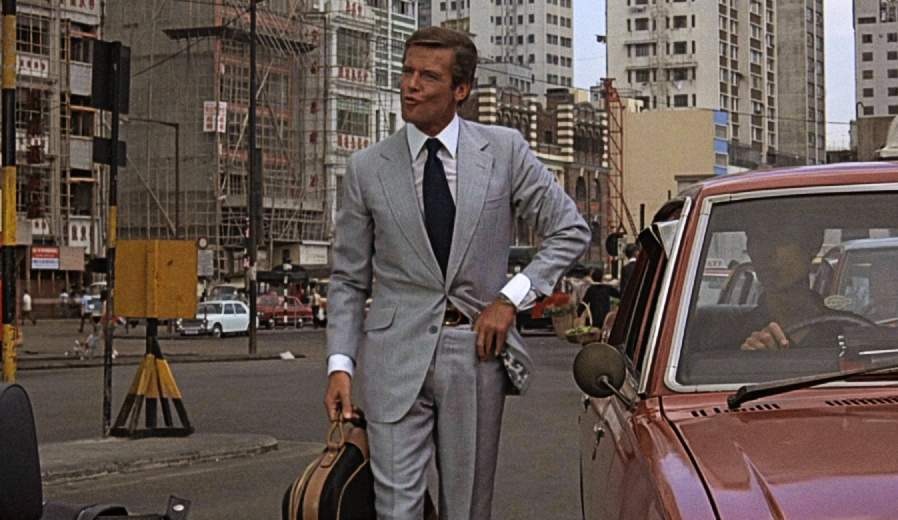
Tip 3, CIA Manual
Hidden trouser pockets are useful for hiding weapons or documents.
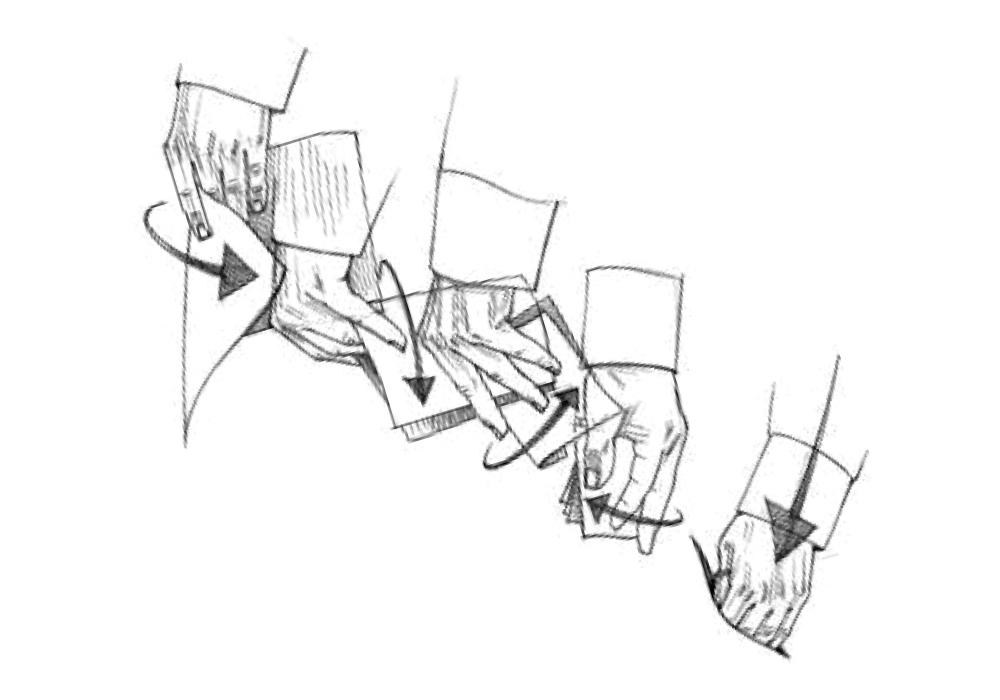
Tip 4, CIA Manual
Folding a document four times will reduce it to one sixteenth of its original size, allowing you to hold it in your hand and pass it over surreptitiously.
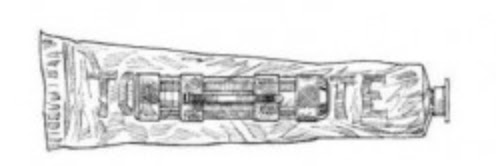
Tip 5, CIA Manual
Toothpaste can be an ideal place to hide a .22 bullet or other secrets.
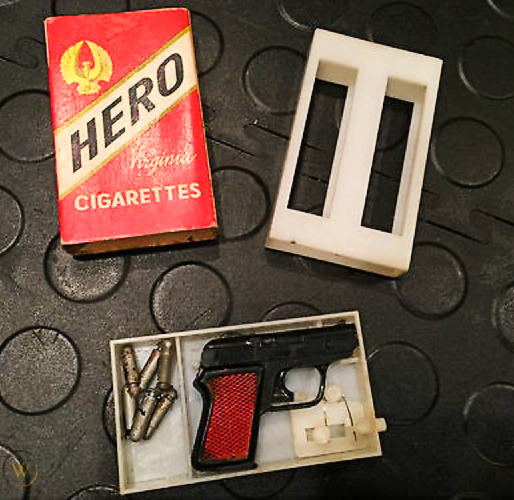
Tip 6, CIA Manual
Use everyday objects like cigarette packages to hide intelligence and weapons as they are unlikely to attract attention.

Tip 7, CIA Manual
Matchbooks are useful for hiding small objects such as pills that can be dropped into an opponent’s coffee or whiskey.
.jpg)
Tip 8, CIA Manual
When accepting or handing over a package, note the color of the ribbon, the way the knot is tied, and be on the lookout for any other covert signs.
.jpg)
Tip 9, CIA Manual
Escapes can be made using everyday objects like packing crates.
.jpg)
Tip 10, CIA Manual
A hollowed-out coin can be used to hide notes or pills. The coin is opened by pressing on the edge.

Bonus tip
Practice sleight of hand at home. You never know when it will come in handy.
SPYSCAPE+

Join now to get True Spies episodes early and ad-free every week, plus subscriber-only Debriefs and Q&As to bring you closer to your favorite spies and stories from the show. You’ll also get our exclusive series The Razumov Files and The Great James Bond Car Robbery!


Gadgets & Gifts
Explore a world of secrets together. Navigate through interactive exhibits and missions to discover your spy roles.
Your Spy Skills
We all have valuable spy skills - your mission is to discover yours. See if you have what it takes to be a secret agent, with our authentic spy skills evaluation* developed by a former Head of Training at British Intelligence. It's FREE so share & compare with friends now!
* Find more information about the scientific methods behind the evaluation here.


Stay Connected
Follow us for the latest
TIKTOK
INSTAGRAM
X
FACEBOOK
YOUTUBE